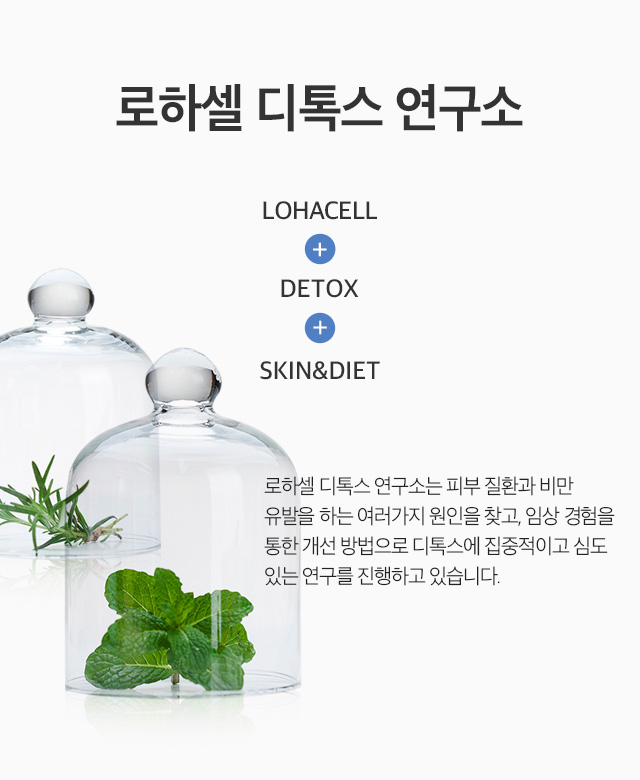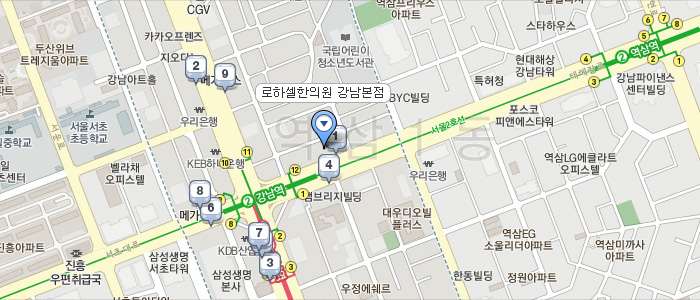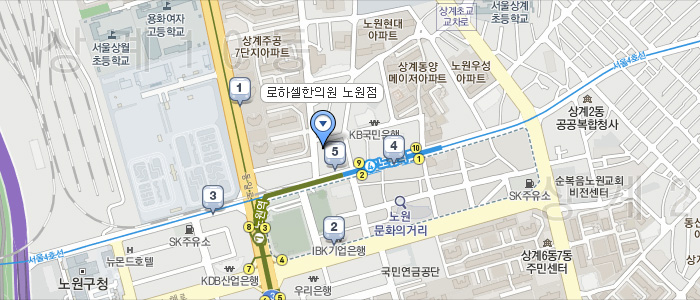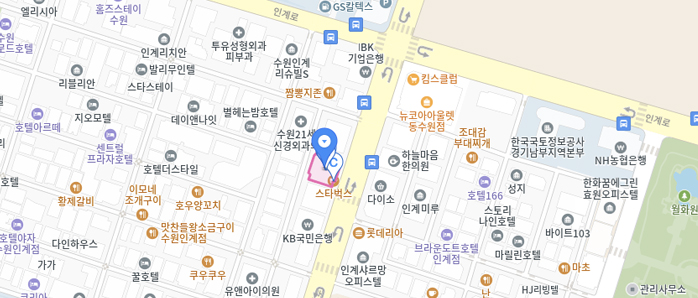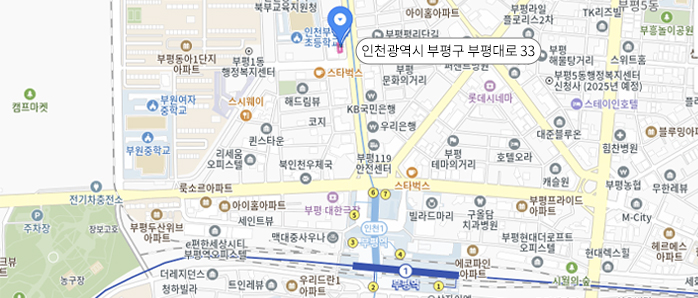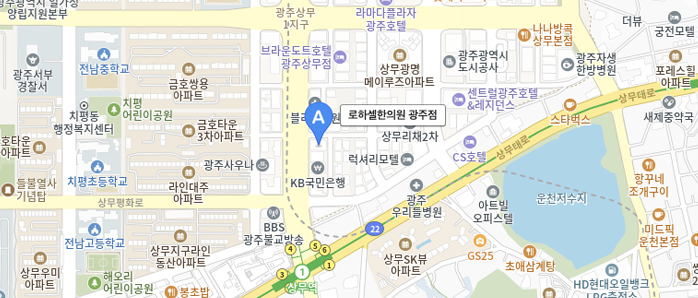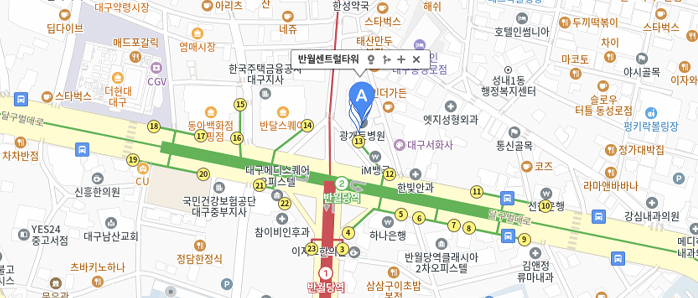- 피부 상재균에 대한 니아울리 잎 추출물의 항균활성
- 2017-06-05
피부 상재균에 대한 니아울리 잎 추출물의 항균활성
Antimicrobial Activity of Niaouli (Melaleuca quinquenervia) Leaf Extracts against Skin Flora
저자명 장하나, 박수남
문서유형 학술논문
참고문헌 16건
학술지 대한화장품학회지 제40권 제3호 통권97호 (2014. 9) pp.313-320 1226-2587 KCI후보
발행정보 대한화장품학회 |2014년 |한국 |한국어
초록
본 연구에서는 피부 상재균에 대한 니아울리 잎 추출물의 항균활성을 조사하였다. 실험에 사용한 피부 상재균의 종류는 그람 양성균인 Bacillus subtilis (B. subtilis), Staphylococcus aureus (S. aureus), Propionibacterium acnes (P. acnes)와 그람 음성균인 Escherichia coli (E. coli) 및 Pseudomonas aeruginosa (P. aeruginosa), 효모균인 Plasmodium ovale (P. ovale)이다. 이들 피부 상재균에 대한 니아울리 잎추출물 또는 분획의 항균활성은 disc diffusion assay 및 broth dilution assay 측정법으로 평가하였다. 실험결과 피부 상재균인 B. subtilis, S. aureus, P. acnes, E. coli 및 P. aeruginosa에 대한 니아울리 잎 50% 에탄올 추출물의 최소성장억제농도(minimum inhibitory concentration, MIC)는 각각 0.25%, 0.50%, 1.00%, 0.13% 및 0.25%, 물 분획에서의 MIC는 0.25%, 0.25%, 4,00%, 0.25% 및 0.25%를 나타내었다. 하지만 P. ovale인 비듬균에 대해서는 항균활성을 나타내지 않았다. 비교 물질로 사용한 메틸 파라벤의 MIC는 각각 0.25%, 0.25%, 0.25%, 0.13% 및 0.50%를 나타내었다. 추출물의 상재균에 대한 최소사멸농도(minimum bactericidal concentration, MBC)는 50% 에탄올 추출물의 경우 각각 2.00%, 2.00%, 1.00%, 0.50% 및 2.00%였고, 물 분획에서는 0.50%, 0.25%, 4.00%, 0.50% 및 1.00%를 나타내었다. 비교 물질로 사용한 메틸 파라벤의 MBC는 각각 1.00%, 0.5%, 0.50%, 0.5% 및 1.00%로 추출물의 물 분획에서는 P. acnes를 제외한 피부 상재균에 대한 항균활성이 우수한 것으로 나타났고 50% 에탄올 추출물도 메틸 파라벤에 근접하는 항균활성을 나타내었다. 이러한 결과들은 니아울리 잎 50% 에탄올 추출물/분획은 피부 상재균에 대한 항균활성을 나타내는 천연 방부제로서 화장품에 응용 가능함을 시사한다.
In this study, the antimicrobial activity of niaouli leaf extracts was evaluated against skin flora. The skin flora used for experiments were three gram-positive bacteria such as Bacillus subtilis (B. subtilis), Staphylococcus aureus (S. aureus), Propionibacterium acnes (P. acnes), and two gram-negative, Escherichia coli (E. coli), Pseudomonas aeruginosa( P. aeruginosa), and the yeast, Plasmodium ovale (P. ovale). The bioassay applied for determining the antimicrobial effects of niouli leaf extracts or fraction included the disc diffusion assay and broth dilution assay. Minimum inhibitory concentration (MIC) values of 50% ethanol extract on B. subtilis, S. aureus, P. acnes, E. coli and P. aeruginosa were 0.25%, 0.50%, 1.00%, 0.13% and 0.25% respectively and the MIC values of water fraction were 0.25%, 0.25%, 4,00%, 0.25% and 0.25%. P. ovale did not show antimicrobial activities. The MIC values of methyl paraben used as positive control indicated 0.25%, 0.25%, 0.25%, 0.13% and 0.50%. Also, Minimum bactericidal concentration (MBC) values of 50% ethanol extract were 2.00%, 2.00%, 1.00%, 0.50% and 2.00% individually and the MBC values of water fraction were 0.50%, 0.25%, 4.00%, 0.50% and 1.00%. The MBC values of methyl paraben indicated 1.00%, 0.500%, 0.50%, 0.50% and 1.00%. These results showed that water fraction was as good as methyl paraben except for P. acnes. The 50% ethanol extract also showed activity similar with it. Thus, it is concluded that the 50% ethanol extract/fraction of niaouli could be applicable to cosmetics as a natural preservatives effective in antimicrobial activity against skin flora.

